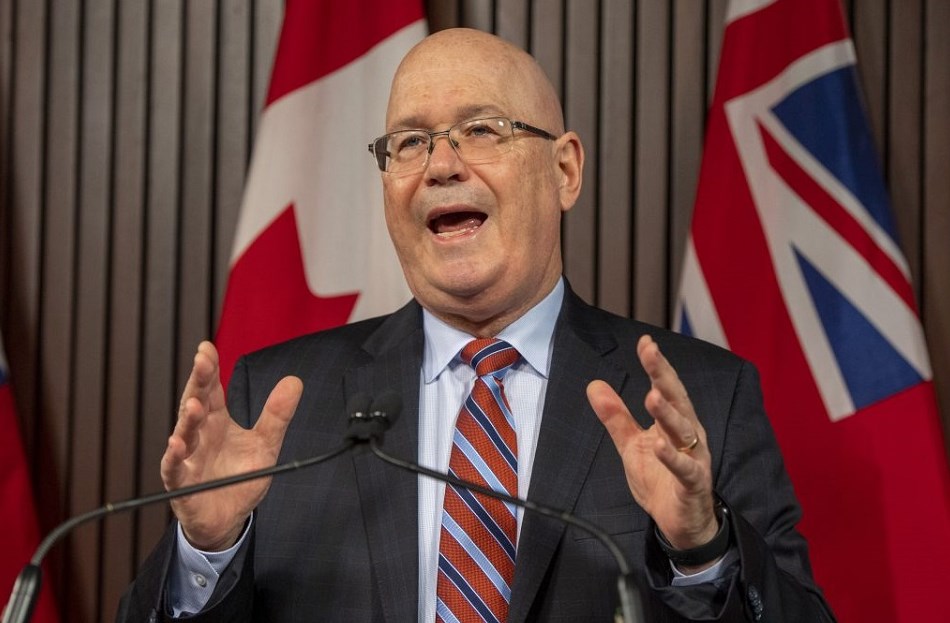Editor's note: This article originally appeared on The Trillium, a new Village Media website devoted exclusively to covering provincial politics at Queen’s Park.
Municipal Affairs and Housing Minister Steve Clark approved six official plans this week and signed off on slightly lower density requests made by two municipalities.
On Tuesday, the Ministry of Municipal Affairs and Housing posted six Official Plans — Guelph, Waterloo, Peterborough, Belleville, Wellington, and Barrie — on Ontario's environmental registry. They came with a raft of amendments and cannot be appealed by local councils.
Waterloo asked the province to approve slightly lower density targets in some areas, and Clark obliged.
Waterloo had requested decreasing minimum density targets in three of the region's major transit station areas (MTSAs). MTSAs are areas within a roughly 10-minute walk of a major transit station or stop.
The original plan had minimum targets in certain MTSAs of 160 residents and jobs combined per hectare.
The newly approved plan sets lower targets for the areas of Laurier-Waterloo Park, Block Line and Delta. The region made the request "due to development constraints," according to the ministry's notice of decision.
In Laurier-Waterloo Park, the new target is 95 residents and jobs per hectare. In Block Line, it's 80 per hectare, while in Delta it is 120 per hectare.
Increasing density around MTSAs was a big part of Bill 23's push to get more homes built.
The region's official plan "sets out a path to add more attainable and affordable housing across our community, as well as deliver on the employment growth that is so synonymous with Waterloo Region," regional chair Karen Redman said in a statement.
Waterloo also had its urban boundary expanded, a map attached to the ministry's decision shows.
Concerning the space in the expanded boundary, the region's municipalities must "identify appropriate land use designations," including employment lands, while being mindful of existing provincial policies, the document said.
In Guelph, the local government requested — based on city staff recommendations — decreasing the city's minimum intensification target from 50 per cent to 46 per cent, the ministry's notice of decision said.
Intensification targets refer to the amount of new residential growth that has to happen within existing built-up areas, according to the terms of provincial planning documents.
While the Greater Golden Horseshoe growth plan "prioritizes intensification and higher densities to make efficient use of land and infrastructure, the government also understands that there can be local constraints to density and intensification," said a letter from Clark accompanying the decision.
It also requested upping the population forecast from 203,000 to 208,00 "to accommodate the future development of lands that were restructured to (Guelph's) jurisdiction" at the beginning of the year.
All the plans were approved Tuesday, with the new language coming into force on Wednesday.
The plans were put out for public comment last September and reopened in December for further input. The most recent comment period closed on Jan. 4 and had been awaiting provincial approval since then.



